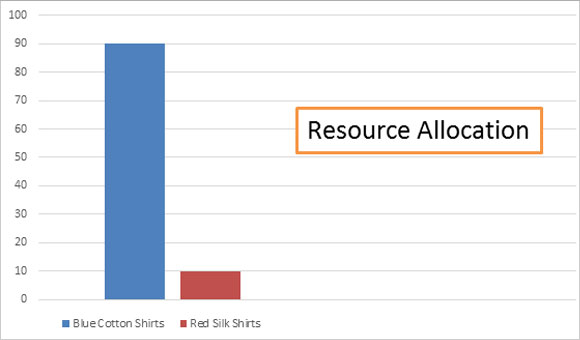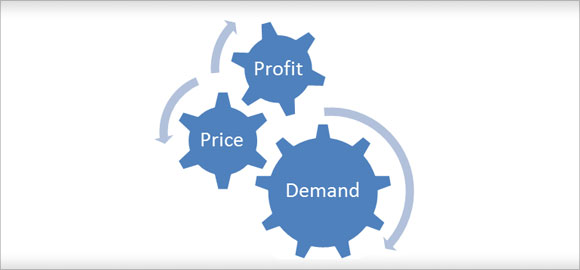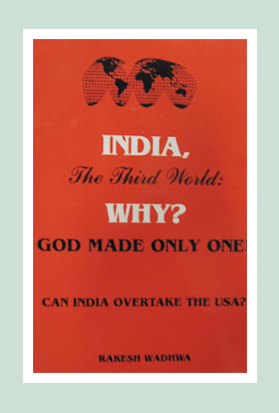Resource Allocation in a Free Market: Is it Better?
Resource allocation refers to the way in which resources are distributed to produce various goods and services. One of the key characteristics of a free market economy is that all resources are privately owned. The use or allocation of these resources are influence by two decisions – what to produce and how to produce. In a free market, these decisions are also determined by private players. Let’s have a look at how these decisions include resource allocation.
Key Players: Consumers and Producers
In a free market economy, there is free interaction of market forces that work to maximize their own interest. The decision of “what to produce” is influenced by consumers, while the decision regarding “how to produce” is made by producers.

Backdrop of Freedom
Both consumers and products act in their self-interest, in an environment where there is freedom of choice. This means that consumers are free to purchase only those products that fulfil some goals – necessity, luxury, satisfaction, etc. Moreover, producers are free to allocate the resources in manufacturing any product in which they can earn a profit. Those producers that can best satisfy the needs or align with the preferences of consumers will earn enough money to stay in business.
Interaction Between the Key Players
How do producers get an idea of consumer needs or preferences?
Let’s say there are two manufacturers of garments. One makes blue cotton shirts and the other makes red silk shirts. Consumers may prefer blue cotton shirts and very few may purchase the red silk ones. Since more blue cotton shirts would be sold, the manufacturer would allocate more resources to make these, while the manufacturer of red silk shirts would reduce resources.
Thus, in making purchases of blue cotton shirts, consumers communicate their preference to the manufactures. And resource allocation is done according to this preference.
Thus, more resources are allocated to the production of blue cotton shirts and less resources are allocated to the production of red silk shirts.

There is another aspect to the interaction between consumers and producers – price mechanism. Price is the ultimate indicator that is used by consumers and producers to communicate with each other. This determines the demand for a particular product, which in turn determines the quantity. Taking these inputs, the producers make decisions regarding the allocation of resources.
Let’s say the manufacturer of blue cotton shirts prices them at Rs.1,000. While customers may like blue cotton shirts, a majority of them may not wish to pay 1,000 bucks for them. So, there will be low demand and the manufacturer would not be able to sell all the shirts. He will then reduce the price of these shirts to say Rs.500. There may be too many customers for the shirts at this price, much more than the shirts. The manufacturer will then raise the price to Rs.800. At this price, the demand for the shirts may be the same as the supply.
So, whenever supply exceeds demand, the price changes to take the market to harmony, so that there is accord between producers and consumers. Similarly, when demand overshoots supply, prices rise till the market reaches a point of balance.

Therefore, prices generate signals that act as communication points between producers and consumers. Producers, who have a profit motive, determine resource allocation in such a way that their cost does not exceed the revenues that would be generated from shirt sales.
Advantages of Such a System
The advantages of resource allocation in a free market economy are manifold. Here are the three main ones:
- Resources are allocated according to the needs of consumers.
- The profit motive forces producers to reduce costs and use the resources more efficiently (avoids wastage).
- The profit motive also encourages producers to be more innovative, and resource allocation is directed towards better products and services.
In a free market setup, production and distribution are closely linked, since the income generated by production constitutes the purchasing power of consumers. Thus, in a free market economy, people get what they want and producers try to maximize profits, and both these things form the basis of resource allocation decision.
 Rakesh Wadhwa. Ever since, I was a school boy, I knew India was on the wrong path. Socialism was just not what we needed to get ahead. Government controlled our travel; government controlled our ability to buy and sell; and government controlled our freedom to move our money. My life has focused on the inherent rights people have. When I was in college, I never understood, what the governments meant by their "socialistic attitude". If people are free to buy, sell and move their capital themselves without any restrictions by state, then the welfare of people is inevitable & hence the countries they live in will become wealthy. The government has no right whatsoever, to point a finger at me or my business. I am not a revolutionary. I just want to light up my cigarette and not get nagged about it. I believe in non-interfering attitude to attain more.
Rakesh Wadhwa. Ever since, I was a school boy, I knew India was on the wrong path. Socialism was just not what we needed to get ahead. Government controlled our travel; government controlled our ability to buy and sell; and government controlled our freedom to move our money. My life has focused on the inherent rights people have. When I was in college, I never understood, what the governments meant by their "socialistic attitude". If people are free to buy, sell and move their capital themselves without any restrictions by state, then the welfare of people is inevitable & hence the countries they live in will become wealthy. The government has no right whatsoever, to point a finger at me or my business. I am not a revolutionary. I just want to light up my cigarette and not get nagged about it. I believe in non-interfering attitude to attain more. 
 The Bastiat Award is a journalism award, given annually by the International Policy Network, London. Bastiat Prize entries are judged on intellectual content, the persuasiveness of the language used and the type of publication in which they appear. Rakesh Wadhwa won the 3rd prize (a cash award of $1,000 and a candlestick), in 2006.
The Bastiat Award is a journalism award, given annually by the International Policy Network, London. Bastiat Prize entries are judged on intellectual content, the persuasiveness of the language used and the type of publication in which they appear. Rakesh Wadhwa won the 3rd prize (a cash award of $1,000 and a candlestick), in 2006.
What the readers are saying…